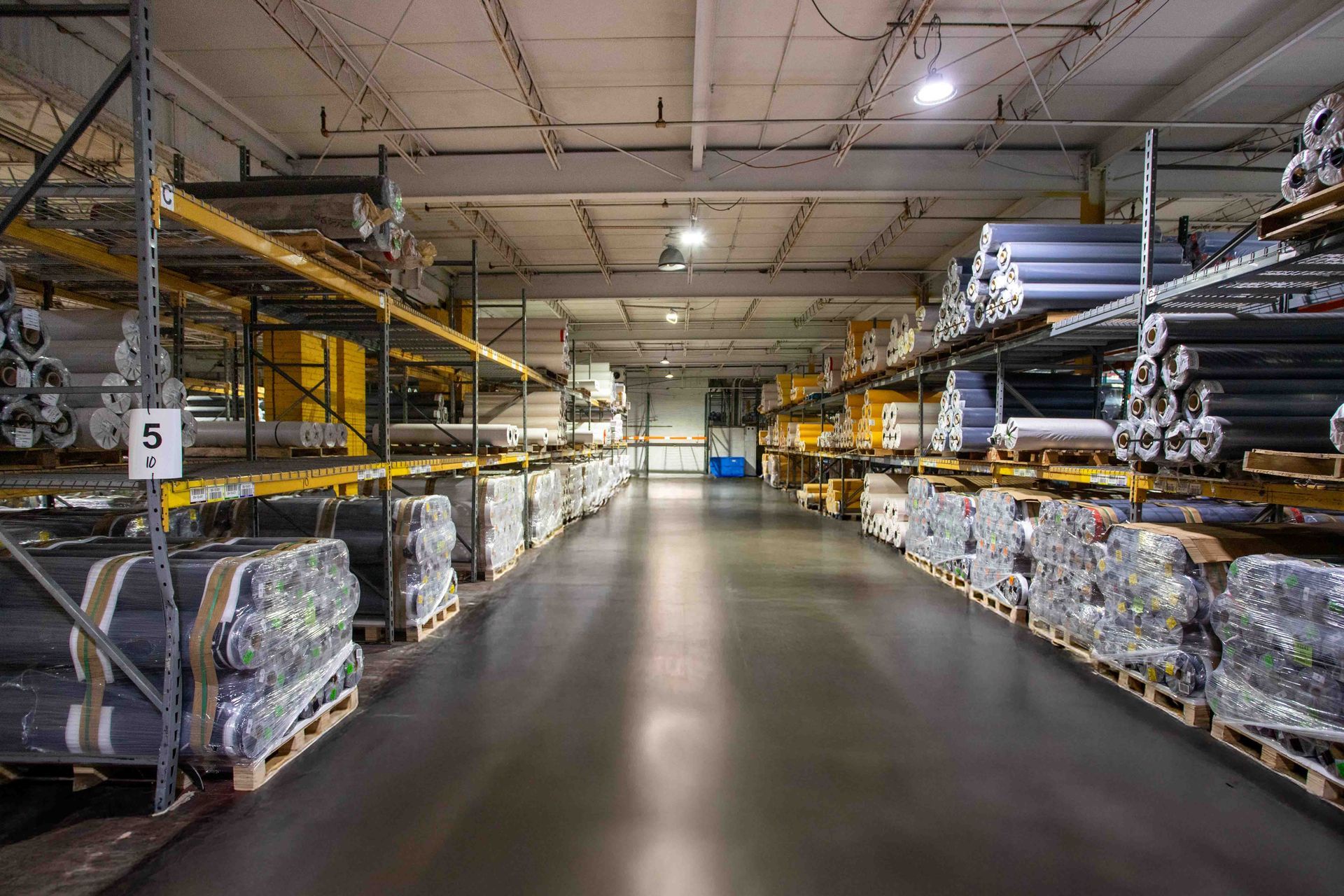Building Resilience in Your Supply Chain
In today's fast-paced and unpredictable world, building resilience in your supply chain is more critical than ever.
Disruptions in industries like manufacturing and retail can lead to significant financial losses and operational challenges.
By implementing effective resilience strategies, you can ensure your supply chain remains robust and capable of withstanding uncertainties.
Key Challenges in Supply Chains
Supply chains in the manufacturing and retail sectors face a myriad of disruptions and uncertainties. These can range from natural disasters and geopolitical tensions to supplier bankruptcies and sudden changes in consumer demand.
The COVID-19 pandemic in 2020 highlighted the vulnerabilities in global supply chains, causing widespread delays and shortages.
Resilience Strategies
Adopting a multifaceted approach to mitigate these risks is essential, and several effective strategies can help organizations accomplish this.
Supplier Diversification
Relying on a single supplier can be risky. Diversifying your supplier base can reduce the impact of disruptions from any one supplier. This strategy involves sourcing materials and products from multiple suppliers across different geographic regions. This way, if one supplier faces issues, others can step in to fill the gap.
Inventory Buffers
Maintaining inventory buffers, or safety stock, can help you manage demand fluctuations and supply disruptions. While holding extra inventory can be costly, it acts as a buffer during unexpected events, ensuring you can continue to meet customer demands.
Digital Transformation
Leveraging technology is crucial for building a resilient supply chain. Digital tools such as advanced analytics, artificial intelligence, and blockchain can enhance visibility and transparency across the supply chain. These technologies enable real-time monitoring, predictive analytics, and better decision-making, helping you respond swiftly to disruptions.
Risk Assessment Tools
Implementing risk assessment tools allows you to identify and evaluate potential risks in your supply chain. These tools can help you assess supplier reliability, geopolitical risks, and other factors that could impact your supply chain. By understanding these risks, you can develop contingency plans to address them proactively.

Measuring Resilience
To ensure the effectiveness of your resilience strategies, it's essential to measure their impact using key performance indicators (KPIs).
This process doesn’t have to be complicated, however, as there are a handful of analytics that are fairly straightforward (and should be in the vocabulary of anyone navigating the logistics field).
Lead Time Variability
Monitoring lead time variability helps you understand how consistent your supply chain is in delivering products. High variability indicates potential issues that need to be addressed to improve reliability.
On-Time Delivery Rate
This KPI measures the percentage of orders delivered on time. A high on-time delivery rate indicates a reliable supply chain, while a low rate suggests potential disruptions and inefficiencies.
Supplier Risk Score
Assessing the risk associated with each supplier helps you identify those that may pose a higher risk to your supply chain. Factors such as financial stability, geopolitical location, and past performance can influence this score.
Recovery Time Objective (RTO)
RTO measures the time it takes for your supply chain to recover from a disruption. A shorter RTO indicates a more resilient supply chain capable of quickly rebounding from unexpected events.
Work with Gustine Logistics
Building resilience in your supply chain is not just about mitigating risks; it's about creating a robust system that can adapt and thrive amidst uncertainties.
Implementing strategies such as supplier diversification, inventory buffers, digital transformation, and risk assessment tools will strengthen your supply chain and ensure it remains resilient. Track your progress using KPIs like lead time variability, on-time delivery rate, supplier risk score, and recovery time objective.
By taking proactive steps today, you will soon have a resilient supply chain that can withstand tomorrow's challenges.
Ready to enhance your supply chain resilience? At Gustine Logistics, we provide responsive and flexible public warehousing services. Our experts have been in the industry for over 40 years and will bring a personalized and responsive touch to your logistical efforts.
Contact one of our team members today to
learn more about our comprehensive solutions tailored for the manufacturing and retail sectors!


